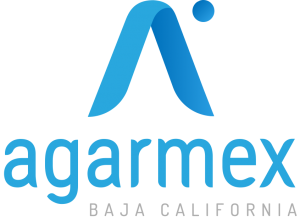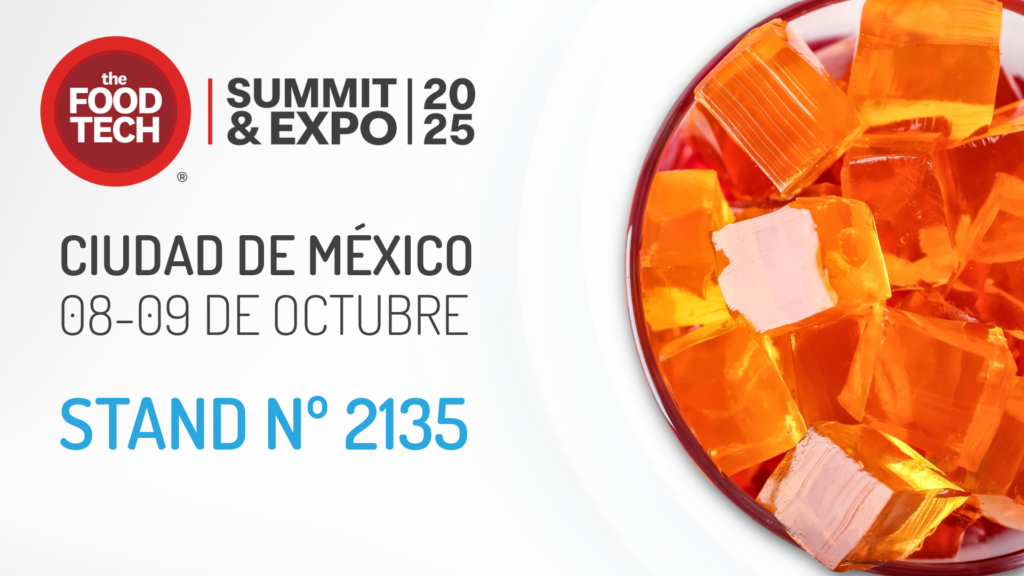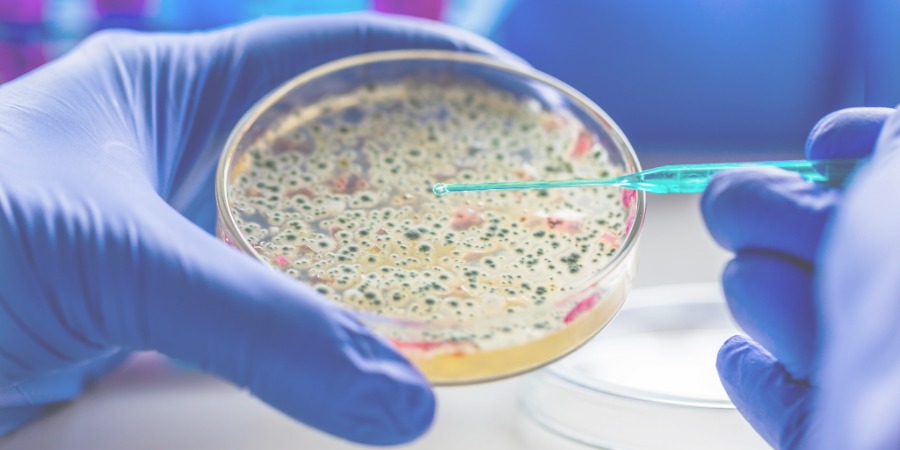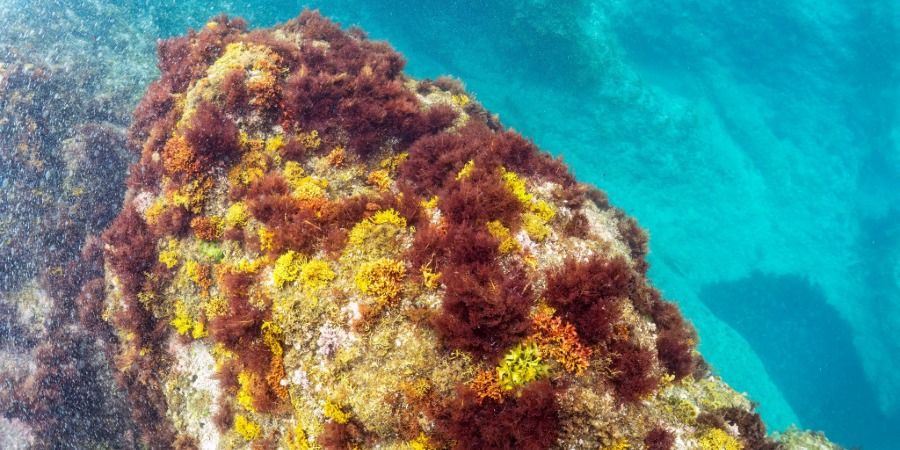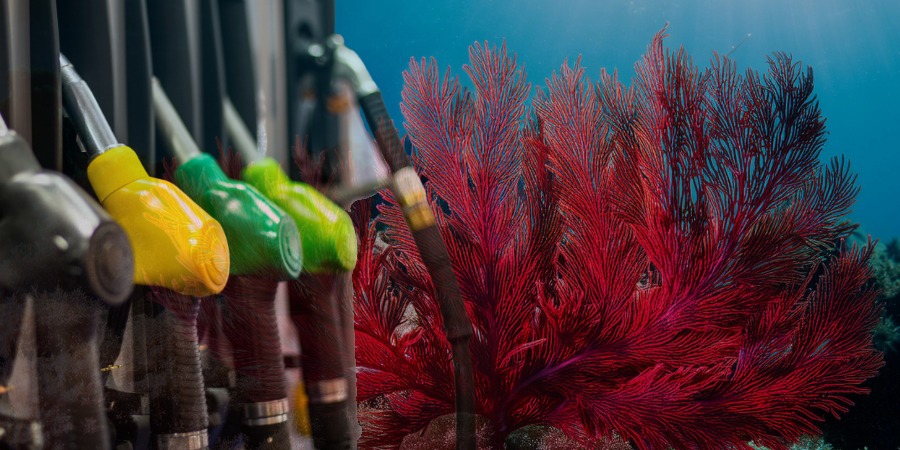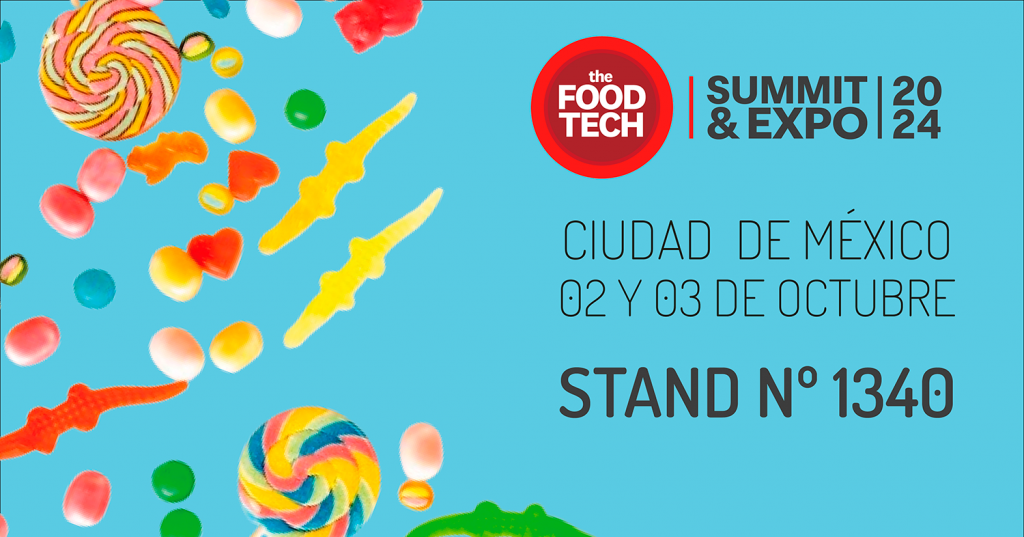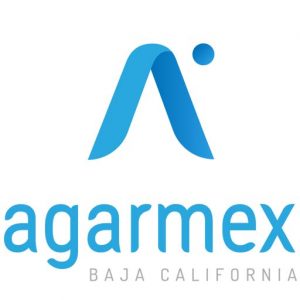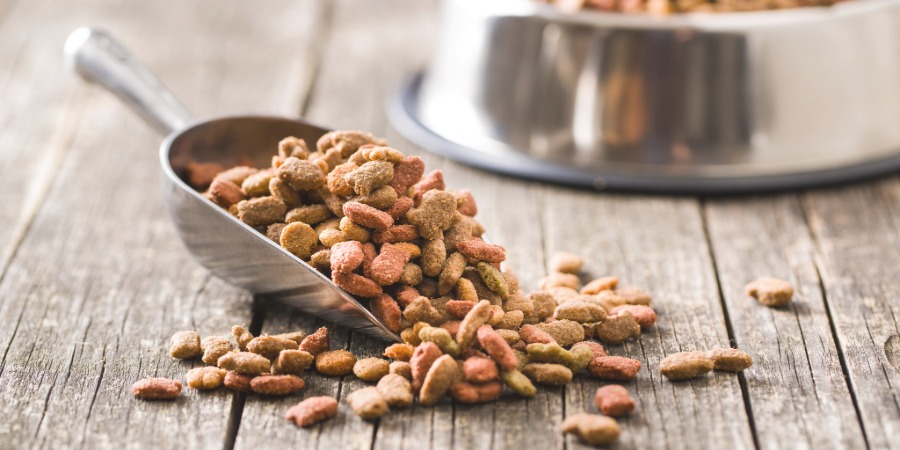
The pet food market continues to grow globally, driven by increasingly demanding consumers who are looking for nutritious, safe products made with high-quality ingredients.
In this scenario, agar has become a strategic ingredient thanks to the many advantages it offers in the formulation of wet and semi-moist foods and functional snacks.
One of agar’s main strengths is its high gelling capacity, which is superior to that of other hydrocolloids used in the pet food industry.
Its gelation occurs at relatively low temperatures, facilitating more efficient and stable processes during manufacturing.
Agar also stands out for its excellent water retention capacity, helping to prevent moisture loss and exudate, common problems in wet foods.
Another significant advantage is its function as a vehicle for functional ingredients. Agar gel can incorporate vitamins, probiotics, minerals, or other active components without compromising its stability, promoting the creation of healthy snacks aimed at the digestive, bone, or immune well-being of dogs and cats.
In addition, agar is a natural ingredient, free of allergens and suitable for “clean label” formulations, making it a valuable option in a market that is moving towards more transparent, sustainable, and plant-based products.
Together, these characteristics make agar a versatile and highly beneficial ingredient for the pet food industry, allowing for the development of products with higher quality, stability, and nutritional value.
